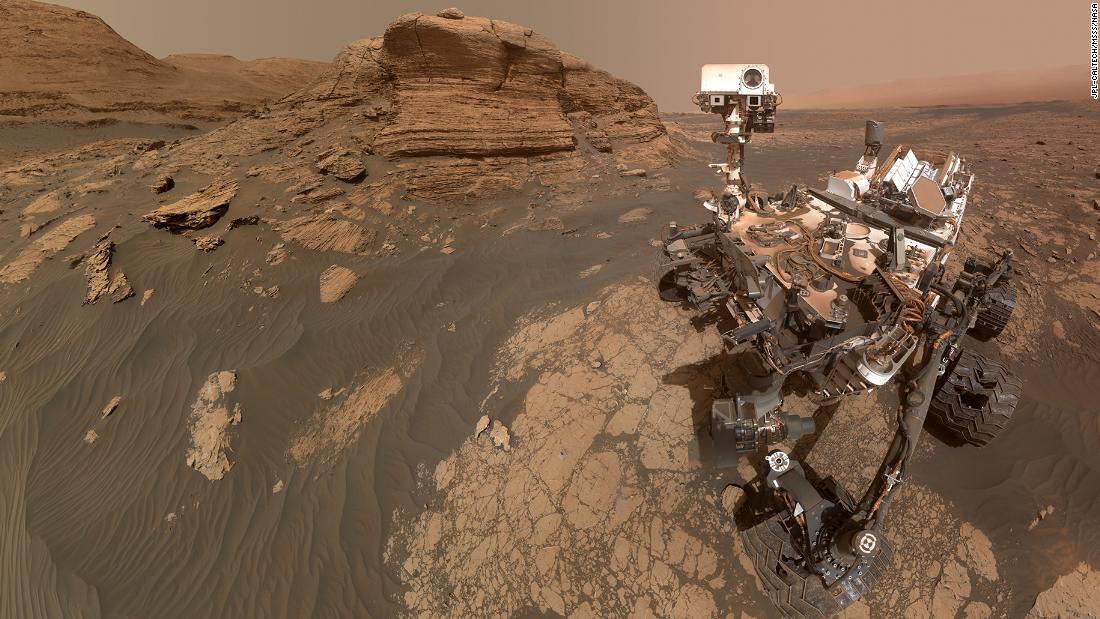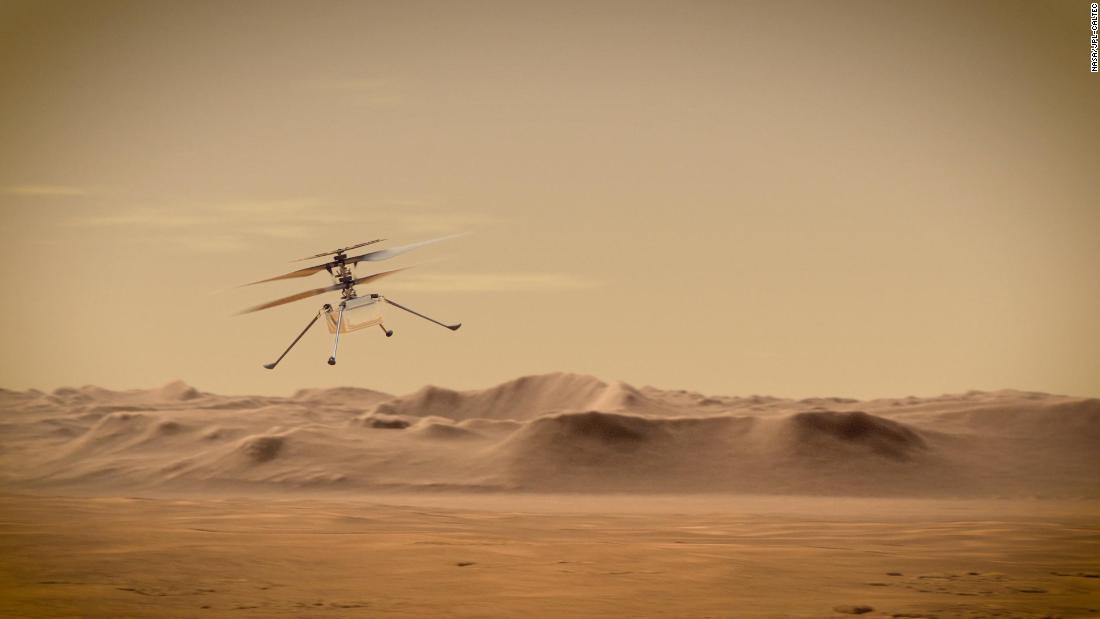It was no simple voyage. The trip to Mars took Perseverance 203 days to travel 293 million miles to reach the planet.
At that distance, communications between the lander and ground control take 11 minutes to transmit. Radio waves can only move at the speed of light, so at this distance the lag applies to even the speediest transmissions. This meant the spacecraft needed to navigate and decide on its own where to land based on the mission.
The lander, despite these challenges, successfully entered Mars’ thin atmosphere, lowering Perseverance safely onto the rocky surface.
This wasn’t NASA’s first rodeo. To date, the space agency has safely landed nine times on Mars. Perseverance marks the fifth time NASA has landed a rover.
Over the years, other space agencies also have ventured to the red planet. Voyages from Earth to Mars conducted by the European Space Agency, the space program of the former Soviet Union (now the Russian Federation’s Roscosmos) and more have gone on since the ’60s.
To date, there have been seven attempts outside of NASA to land on Mars. Of those attempts, though, only one — Mars 3 — from the former Soviet Union was successful in 1971. (Since the time this piece was published, China successfully landed a Mars rover.)
The Perseverance rover made history by landing in the previously unexplored Jezero Crater.
























































